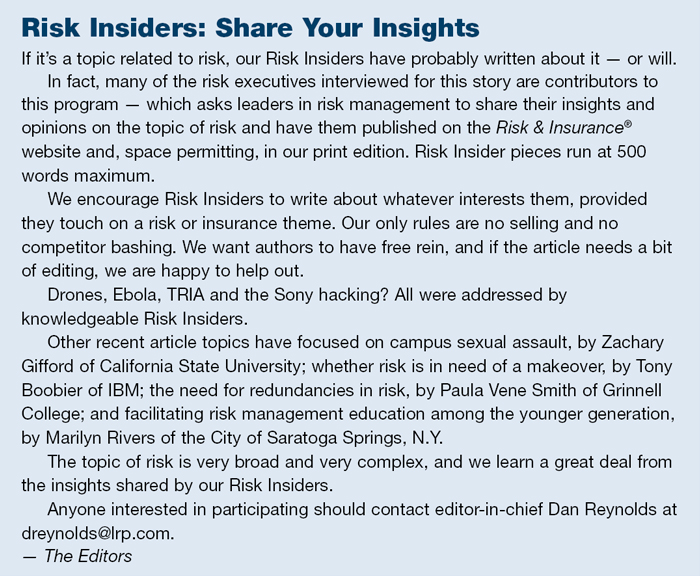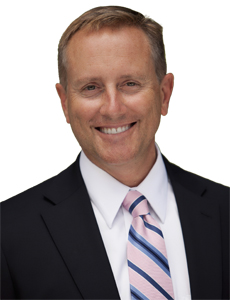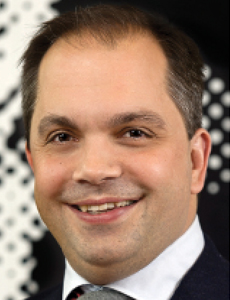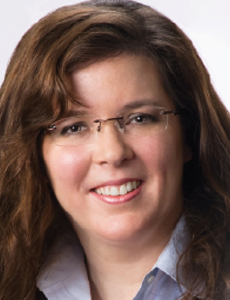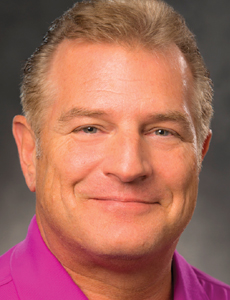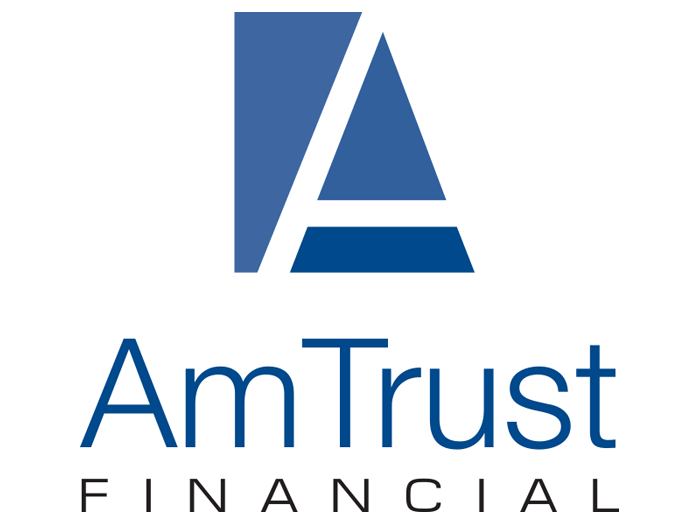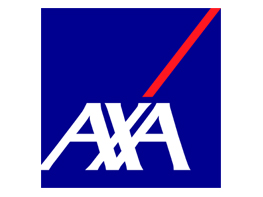Risk Management
The Noticeable Ones
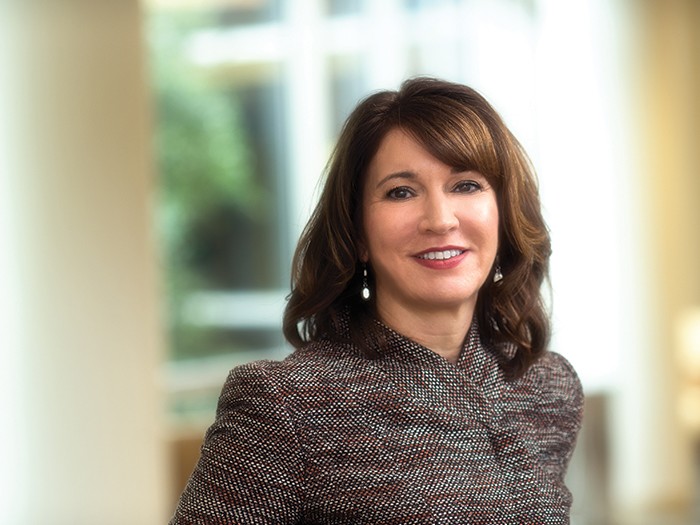
Corporate executives don’t want to hear about risk management problems. They want solutions. Solutions such as instituting a program that significantly reduces the cost of liability claims or making changes that decrease an organization’s workers’ compensation costs to a tiny fraction of its competitors.
These are the types of successes that build credibility with the C-suite and leaders throughout the organization. But in a Catch-22 situation, it often takes credibility to get the go-ahead to push initiatives through.
That may be difficult for risk managers who have difficulty selling themselves or their ideas, or those who wait for potential problems to come to them instead of stepping out to find possible exposures and offer solutions.
To get a better handle on strategies that really work, Risk & Insurance® talked to successful risk managers who shared how they got top management’s attention and built credibility within the organization, and some of the programs that helped make them respected leaders.
We learned in these conversations that getting the risk management message out is more difficult in larger organizations, with all of the layers and silos. Plus, all companies have politics to accommodate, and often, departmental goals and strategies compete for attention — and budget — with other departments’ priorities.
When effective risk managers get the ear of top leaders, though, they ask probing questions, and offer insights and solutions that impact their organization’s strategic decision-making. They have the answers at hand to questions that are posed. They don’t ask for invitations to meetings without knowing they can contribute.
When personal interaction is challenging, they use email or go-betweens as the channels for transmitting opinions and solutions, while working to establish relationships with the next tier of leaders, who carry out the organization’s strategy.
And when a natural disaster occurs or the latest cyber theft is announced, great risk executives take that opportunity to educate their senior leadership on how their own organization’s coverage would work in such a situation.
To be credible, our sources told us, risk management departments must add value to their companies by instituting programs that increase savings, reduce costs, educate the workforce or mitigate the risks that create the most exposure.
Focus on “yes”
One challenge for risk management, said Hala Helm, chief risk officer at the Palo Alto Foundation Medical Group, is that it is “one of those weird wastebasket categories that a lot of things get thrown into.”
“It’s difficult,” she said. “You have to explain it to people. You have to start from a position of assuming that people don’t know what you do. They don’t understand it or understand how you can help.”
In addition, too often, the risk management department is known as the “department of no,” which limits the reach and influence of risk executives. Operational and corporate leaders tend to tune out constant negativity.
“To have influence, you have to be a person of ‘yes, we can’ versus ‘no, we can’t,’ ” said Jeff Driver, chief risk officer at Stanford University Medical Center and the CEO of The Risk Authority LLC.
“I train all of my risk management professionals that it’s not their role to say, ‘You can’t do that.’ You have to find a way to do things and you have to be creative.”
One of the controversial systems Driver instituted at Stanford — which, he said, “turns risk upside down” — has been PEARL, a Process for Early Assessment and Resolution of Loss. It involves proactively disclosing adverse medical events to patients, apologizing and offering compensation, when appropriate.
“To have influence, you have to be a person of ‘yes, we can’ versus ‘no, we can’t,’ ” — Jeff Driver, chief risk officer, Stanford University Medical Center; CEO, The Risk Authority LLC
“We don’t wait around for a claim to come in,” he said. That differs from the traditional practice of waiting for an adverse incident to be filed and ultimately opting to deny, litigate or settle.
Stanford advertises the process to patients so they know they have direct access to the risk management department to discuss what Driver calls “a concerning act.”
“The fear was that by managing claims and matters in that way, it would increase frequency, potentially increase the costs,” Driver said. “The fact of the matter is we have not seen that.”
Instead, frequency declined, with annual reported claims over a five-year period, as of 2013, dropping from 23 to 15, and overall costs down by 38 percent.
In addition, PEARL, which was officially launched in 2007 and enhanced in 2012, saves Stanford $3.2 million annually off their insurance premium for medical malpractice, Driver said.
Those kinds of results build influence and credibility.
Listen more than talk
It also helps when risk managers listen more than talk, Palo Alto’s Helm said.
“I like for the organization to tell me what their strategy is,” she said. “What their tolerance is, what worries them, what keeps them up at night. You get much better buy-in if they tell you, rather than you dictating to them what it should be.
One solution Helm instituted was creating a physician-owned captive, which not only “moved a lot of money off the corporate books,” but helped drive the importance of risk management to physicians. Previously, the physicians were self-insured but the money resided with the corporate entity rather than the physicians.
“It wasn’t a good alignment of risk and incentives,” she said. “The physicians thought corporate would take care of losses.”
“Everything doesn’t necessarily have to revolve around what I think is right and how to influence the C-suite. I view my role as making sure they are truly educated about the risk and know how the company is impacted based on the risk.” — Ryan McGuinness, senior director, risk management, Rite Aid
The change required buy-in from the VP of finance as well as a lot of education for the physicians about the advantages and downsides of the captive, how it differed from the current arrangement, and what the impact would be on them.
“They are so much more engaged in the risk management function because they know the burden has shifted to them,” she said.
Often, building credibility comes down to finding the organization’s “pain points” — and devising solutions to mitigate those risks, said Bill Zachry, group vice president of risk management for Safeway, which recently merged with Albertsons.
“What’s your exposure?” he asked. “What’s your risk? What are your cost drivers? And then focus in on those so you are bringing down the exposure, and communicate, communicate, communicate to your senior executives.”
For Safeway, it was workers’ compensation costs. “It was so bad when I started, there was nowhere to go but up,” Zachry said.
After he joined the company in 2001, one of the first things he discovered was that the financial incentive structure encouraged managers to think more about workers’ comp charge-back costs than preventing accidents. With his boss’ OK, Zachry had an in-depth discussion with the CFO and got approval to change the incentive program.
“I found out later that the CFO had put that particular program in place and nobody had dared change it,” Zachry said.
But that was the beginning. “I started with the message: ‘Do the right thing for injured workers. Get them well and get them back to work.’ That was the primary focus.”
He also used evidence-based medicine, revamped the company’s settlement philosophy, and began lobbying for a change in California workers’ comp law, among other adjustments.
For the 10 years ended 2014, the industry saw a 112 percent increase in medical costs, he said. Safeway’s increase was 12 percent.
“That gives you credibility with the C-suite,” Zachry said. “That is a competitive advantage because we are paying so much less for the same potential exposure.”
Being able to communicate on the CFO’s level instead of trying to get them to understand risk management terms is necessary as well, he said. Put costs into the organizational framework — such as relating the cost of a claim to the gallons of milk that have to be sold to pay for it, he suggested.
“Money drives behavior,” Zachry said, noting that incentives and analytics are crucial as well.
It’s more involved than just data, though, said Ryan McGuinness, senior director, risk management, Rite Aid.
“Having data is one dimensional,” he said. “You have to know how the company operates. You have to understand how your decisions would impact the company’s operations. It’s not just data necessarily.
“Gaining credibility requires knowing how your decision-making process will affect the company’s operations,” he said.
“Everything doesn’t necessarily have to revolve around what I think is right and how to influence the C-suite,” he said. “I view my role as making sure they are truly educated about the risk and know how the company is impacted based on the risk.”
Priorities among departments are not always going to mesh, he said.
Business needs vary within an organization, noted Stanford’s Driver. Leadership is not always going to agree with risk management.
“You just have to chip away at it,” he said. But sometimes the risk is such that “you may have to put on your storm trooper boots and speak clearly and loudly about the problems with a strategy.”
Get out from behind the desk
The multifaceted demands of risk management require that risk managers sell their skills — in effect, sell themselves — throughout the organization. They must get the word out to every department manager and project manager that help is available to analyze potential risks and exposures.
“I never want to wait for someone to come to me. … If you wait, they will never come to you. If you wait behind a desk, spiderwebs will grow on you.” — Emily Cummins, director of tax and risk management, National Rifle Association
“You cannot sit behind your desk and do risk management,” said Carolyn Snow, director of risk management, Humana. “You can look at figures and look at trends but you can’t really do effective risk management from behind a desk. Being engaged at every level of the organization is really important.”
Snow has seen a lot of changes in senior management, including the CFO, and her immediate boss, since she joined the company 15 years ago.
As “people lined up outside his door for attention,” when a new CFO joined Humana in June, Snow emailed him some of the important risk management issues at the organization, and asked for a meeting.
“To his credit, he had a meeting right away. He was very receptive,” she said, noting that she now meets regularly with the CFO and that he attends meetings with underwriters as well.
But when the C-suite or other leaders are not responsive, it’s important to be “politely persistent.” If you can’t get an invite to the meeting, send an “informed” email about the issue, she said. “Sometimes you need to court other areas of influence and find a champion when you are trying to bring attention to an important issue.
“Don’t come with problems,” she said. “Come with what you think are solutions. … You have to be informed. You have to be credible.”
Rico Ferrarese, senior strategic risk manager at The Lego Group, noted that “credibility is built over the years and influence is something you are given due to the fact that you have experience. The C-suite is not giving you access just because they believe in risk. They believe everything is risky. You must support them in making better decisions or you have absolutely no credibility.”
Ferrarese is involved with between 40 to 60 strategic projects each year, helping the company decide, for example, whether to enter a new country, build a new factory or invest in a new product line.
“Our focus and approach is a little different [than traditional risk management],” he said. “We have to be focused on the opportunities, but we need to be the balance or the devil’s advocate. It’s not always happy faces.”
His role is to ask project managers the right questions to help “drive the conscious choice agenda around risk appetite,” since executives tend to focus more on their gut feelings than analytics, processes and research when making decisions.
“Sometimes I believe decisions are made because things are under pressure. … The closer the deadlines are, it is possible to neglect some downsides,” Ferrarese said.
It’s not just insurance
He is not involved in insurance placement at all, and in fact, several of the risk managers interviewed for this story said that insurance is the least significant part of their job.
Of course, noted Bill Getreuer, director, corporate insurance group, Pfizer, the risk manager’s “visibility and your influence in the C-suite become very, very evident when a claim occurs. … We become the go-to people.”
The C-suite also always takes an interest, he said, in directors and officers insurance because it affects them directly.
But, he notes, for larger companies like his, acting in an advisory role, reviewing contracts and managing claims take higher precedence than placing insurance, he said.
“I think in the normal course of our business, the importance of risk management becomes very evident. Very quickly your customers, your co-workers, your superiors and subordinates discover that you’ve got the knowledge and you have the specific answers to their questions,” Getreuer said.
“As a risk manager or risk management department, your role is never to prevent the business from doing what it has to do,” he said. “Your role is to assist the business by identifying all the exposures you possibly can and transferring as much of the risk to third parties as you possibly can.”
For Emily Cummins, director of tax and risk management for the National Rifle Association, the best way to “accomplish buy-in, cooperation and consideration is when everybody is on the same page.”
For her, that page is spelled out in the organization’s mission of providing safety education and training programs.
To gain insight into the potential exposures, she has traveled across the country to meet hunters and shooters. She has gone onto shooting ranges so she can understand the culture from the inside out.
“I never want to wait for someone to come to me,” Cummins said. “I want to go to where they are. If you wait, they will never come to you. If you wait behind a desk, spiderwebs will grow on you.”
Recently, the NRA expanded the use of technology to educate members, creating three television shows, digital magazines and podcasts on top of its traditional print magazines. With technology comes “new [cyber risk] exposures along with compliance with existing laws,” Cummins said.
She’s been with the NRA for eight years, and wasn’t always included in strategic discussions. “It takes patience and time to earn it,” she said. “The opportunity to be making decisions didn’t come with my title. It came with the respect I earned over time.”
Credibility and respect are crucial because it can be easy for top leadership to overlook the contributions of risk managers.
Don’t wait to be asked
“So much of risk management is proactive planning and soft dollar savings, and that’s difficult for the financial C-suite people to hold that in their hands. To them, it’s an intangible,” said Dan Holden, manager, corporate risk and insurance at Daimler Trucks North America.
“Credibility is probably the single biggest issue that myself and my peers wrestle with because we tend to be invisible,” he said. “And that’s really the death knell to being a successful risk manager — having nobody know who you are, where you sit and what you do.”
Recently, Holden invited himself to a meeting on the design and construction of a new corporate headquarters that is targeted for completion in 2016.
If he hadn’t, the committee members would have gone on erroneously thinking that the company’s existing property and general liability coverage would protect the construction project against exposures, he said.
“Unless you do it every day, you are not going to know,” Holden said.
That situation with the construction project was a bit of an outlier, he said. When he started at the company eight years ago, it was not unusual for Holden to find out after the fact about a potential risk or exposure. That happens rarely these days.
“… That’s really the death knell to being a successful risk manager — having nobody know who you are, where you sit and what you do.” — Dan Holden, manager, corporate risk and insurance, Daimler Trucks North America
And when it does happen? Palo Alto’s Helm said such an event is rare, but sometimes it may be advantageous to let the situation play out “rather than always banging my own drum to be included. It’s always a bit more effective if you have a little bit of a fail and people say, ‘Maybe we should have listened.’ ”
Once risk management does outline the risks, the risk executives agreed that the final decision is up to the business leaders.
“My job,” Helm said, “is to help them make those decisions in an informed way so they are taking a calculated risk. I don’t tell [leadership] you can or you can’t do something unless it’s clearly illegal or just so incredibly stupid.
“I might disagree with their decision sometimes. I might strongly ask them to consider the potential downside, but if they hear that and make their decision in an informed way, I have done my job and I feel fine with it,” she said.